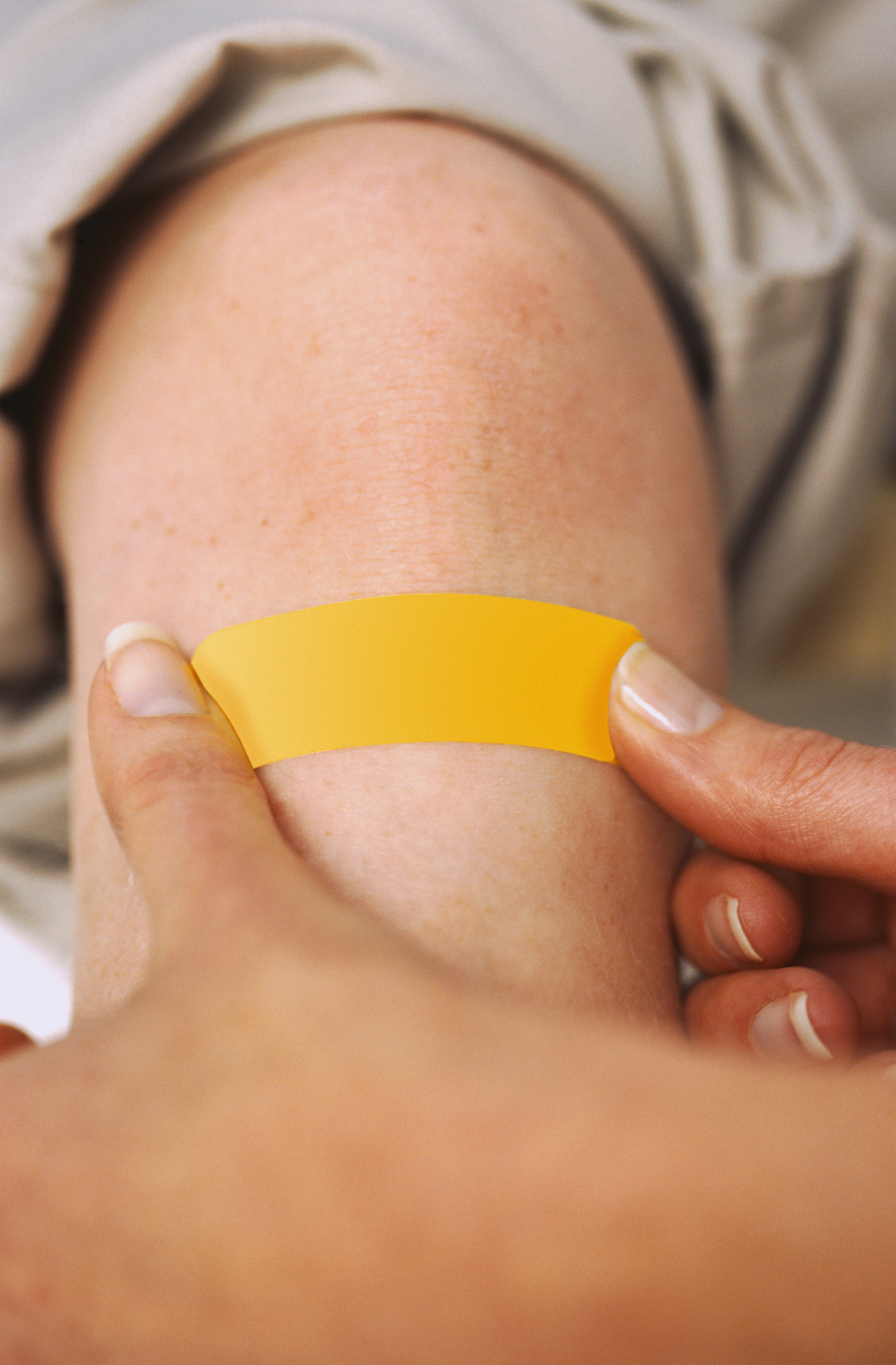Episode Transcript
Interviewer: This is one of those Scope podcasts we hope you never have to use, but it's good information to have in case you find yourself in this situation. How do you stop severe bleeding? We'll talk about that next on the Scope.
Announcer: This is From the Frontlines, with emergency room physician Dr. Troy Madsen on The Scope.
Interviewer: Dr. Troy Madsen is an emergency room physician at University Utah Healthcare. It's something you'll never have to do, but it could potentially save somebody's life, and buy medical experts the time they need if you have somebody who's bleeding severely, if you're able to slow that down. I'm in a situation where somebody is severely bleeding, what do I do?
Dr. Madsen: Well the number one thing to remember with severe bleeding is hold pressure. No matter what kind of bleeding it is. If it's oozing out, if it's spurting out, hold pressure on it, and just keep holding pressure. The biggest mistake I see with people is, let's say someone has, let's say a laceration on their arm from a knife or something they were working with.
People will want to keep looking at it. They'll say, "Wow, has it stopped?" They'll hold some pressure on there, or they'll put a bandage on it, and then they'll pull it off, 30 seconds to a minute later, they say, "Oh no, it's still bleeding." So they'll put it back on, and they'll say, "Oh no, it's still bleeding." They just keep looking at it.
The key is hold pressure on it, and just keep holding pressure. Don't keep pulling the bandage off to look at it. My recommendation is, if you're going to look at it, wait 15 minutes. Hold pressure on there, hold nice firm pressure. Make sure the pressure is firm, but also make sure it's also not cutting off circulation to their hand or their foot, or whatever might be below that laceration or that bleeding.
You want to make sure they can still move their fingers. Make sure their fingers still look pink. If you push on their fingernails it doesn't just turn white, and stay white, it turns pink again within about two or three seconds. So bottom line is, whatever it is, just hold pressure, and keep holding pressure.
Interviewer: All right, and then call somebody immediately.
Dr. Madsen: Yes. Call somebody immediately. Get in for medical attention, especially if we're talking about an arterial bleed. So the arteries are the vessels in the body that take the blood from the heart, so there you're seeing that pulsatile type bleeding where it's shooting out. That's definitely a more serious thing, and a person could lose blood very, very quickly with that. So that's something you want to call 911, get to a hospital quickly, so that can be addressed.
Interviewer: All right. But still, same thing, get like a cloth, a clean cloth, whatever, and hold pressure.
Dr. Madsen: Yes, exactly. One mistake sometimes you'll see too, maybe in a first aide class or scouts, Boy Scouts or something you learned about tourniquets. So you think to yourself, "Okay, this is an arterial bleed. I'm seeing this pulsatile bleeding shooting out, I'd better throw a tourniquet on this." The only time to use a tourniquet is when you expect that this person is going to lose whatever is below that tourniquet, whether it's their leg, it's their arm.
The only case I'd use a tourniquet, and the case I've used it, and I've seen it used would be someone who's been in say, some sort of motorcycle accident, something like that, and they've lost their lower leg. Basically, you're just trying to save their life. Their leg is pretty much lost, it's mangled, or it's pretty much gone. So you're just trying to control the bleeding into that area, and just assuming that everything below that tourniquet is gone.
Interviewer: Okay.
Dr. Madsen: So if you're going to put a tourniquet on, I would not recommend doing it. But the only scenario where you would do that would be where you just assume you're going to lose everything below that.
Interviewer: If I'm putting pressure on something like that, is their blood going to be getting out and around it? I mean, am I'm completely stopping the blood from escaping in most cases or not?
Dr. Madsen: With just putting pressure, or with a tourniquet?
Interviewer: Yeah. With putting pressure, what's that look like?
Dr. Madsen: So when you're putting pressure on something, you're just holding pressure directly over the wound, and you should have enough other arteries and veins, and everything running through there, you're still going to have blood flow to whatever is beyond that.
Interviewer: So it will bypass, it won't just continue to push past the pressure?
Dr. Madsen: Yeah. Exactly. Yeah, it's not like you just have one artery running down there that's then going to be blocked off, and everything's going to pool above it, or try to push back because so much pressure will build up where you're holding pressure.
Interviewer: It just reroutes.
Dr. Madsen: It will reroute, exactly. It's like a traffic jam where then everything goes on separate streets. Kind of same idea, but again, the key is just hold pressure, and avoid using some kind of tourniquet, or avoid tying something around the arm or leg that's going to cut off all the circulation down below there.
Announcer: Thescoperadio.com is University of Utah Health Sciences' radio. If you like what you heard, be sure to get our latest content by following us on Facebook. Just click on the Facebook icon at thescoperadio.com.
